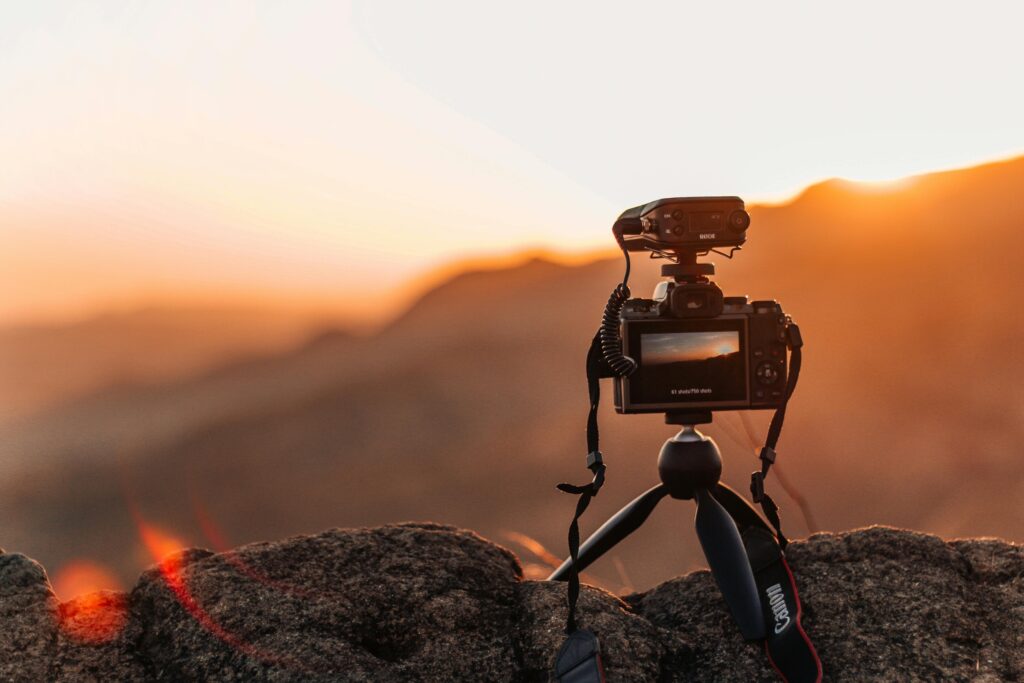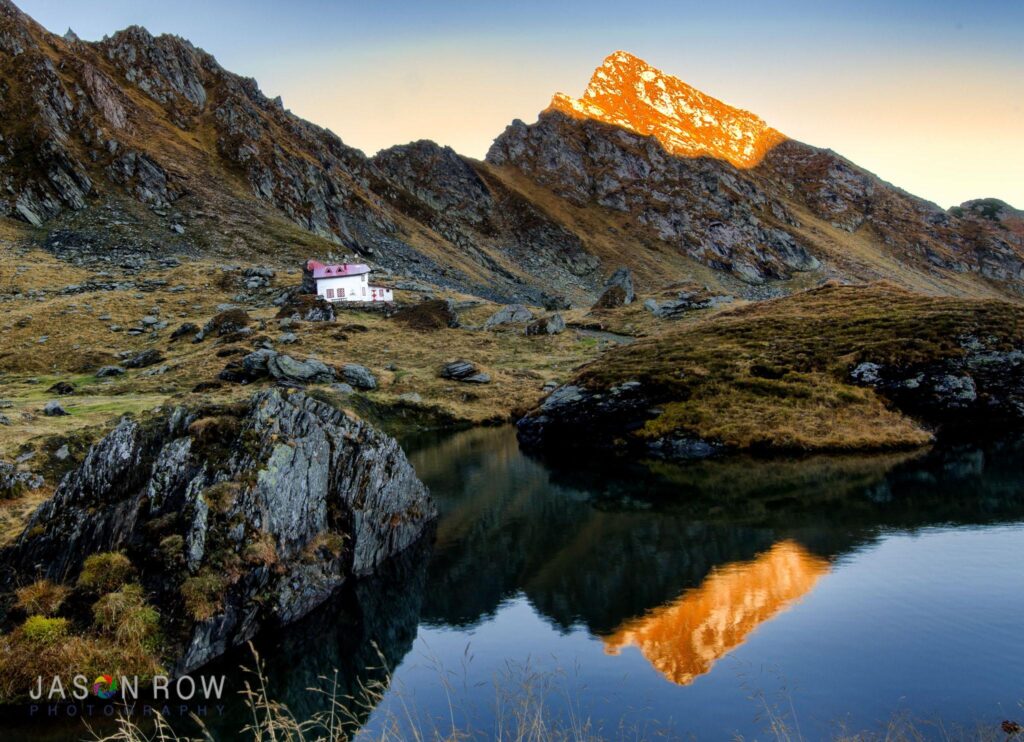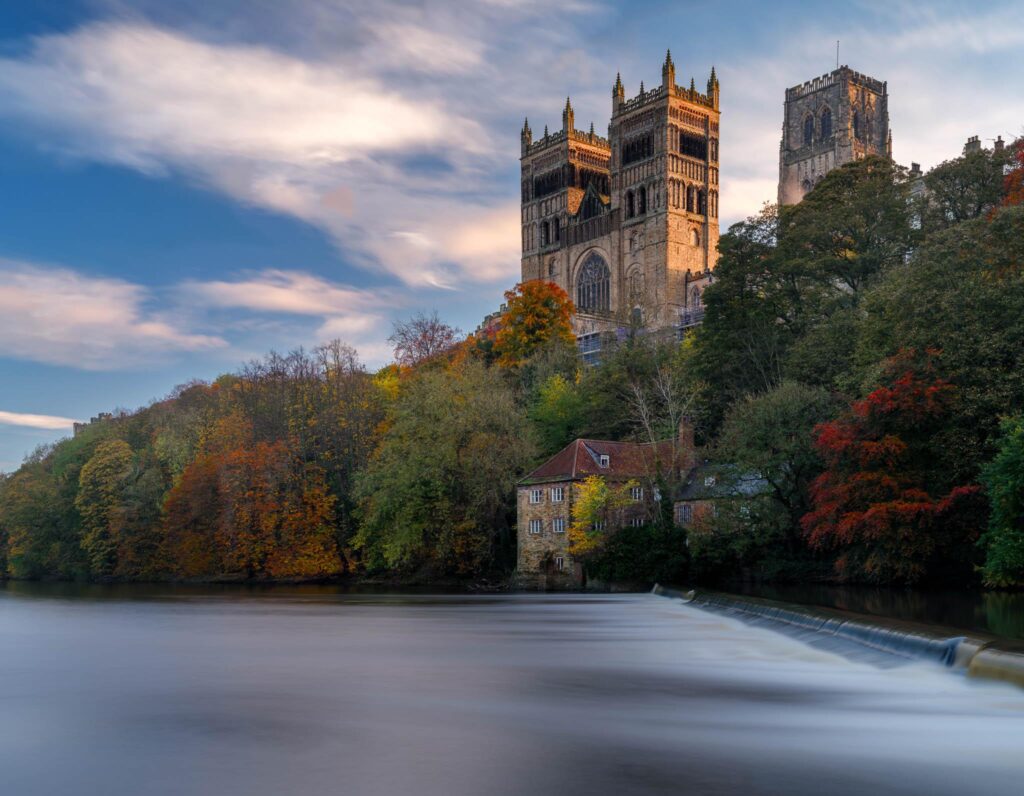All photographers spend time editing their photos — it comes with the territory of image-making. If you allow it, however, editing can be a rabbit hole that, when you emerge from it, drains you of the ability to differentiate a good photo from a bad one.
Getting It Right In Camera Vs. Post-Production
All the incredible advancements in photo editing software have served to instil in some photographers the mindset that they’ll just fix any and all mistakes in post. From uneven horizons to exposure problems to perspective distortion, editing software takes care of virtually any problem with the click of a button.
The trouble is that too many photographers no longer take care of these things for themselves.
The idea of getting it right in camera sounds antiquated to some. They perceive this as something of supreme importance to film photographers but of little or no consequence to digital photographers.
It would be a mistake, though, to think that film photographers relied exclusively on getting it right in camera and didn’t do any editing in the darkroom. It would likewise be a mistake for modern photographers to assume that getting it right in camera no longer matters and everything wrong can be made right in post.
Reality lies somewhere in the middle.
Actually, I believe the reality of this topic should bend, somewhat heavily, toward getting it right in camera.
Getting as much right in camera as possible reveals a certain respect for the very craft of making a photo. No, it doesn’t always go perfectly, it doesn’t always go according to plan, but caring enough about light, exposure, composition and subject matter to combine them in such a way to create a meaningful image suggests a “photocentric” approach.
This doesn’t make editing irrelevant, however.
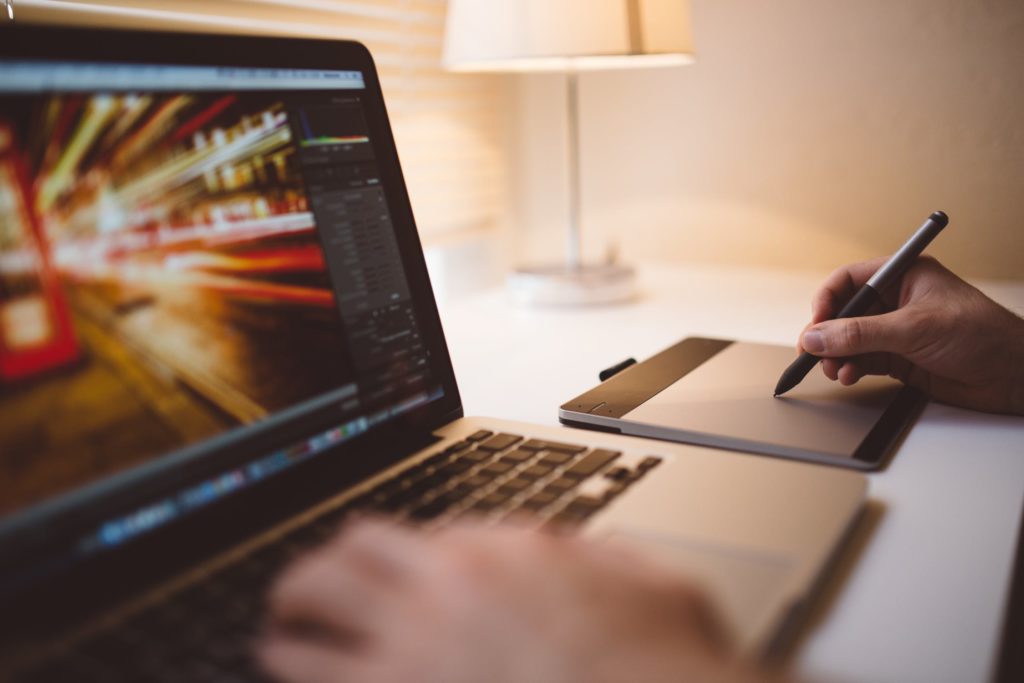
The Role Of Image Editing
Editing should serve to enhance an already good image. A photo that contains strong visuals might be made better by a boost in contrast or a slight shift in color temperature or a little less saturation. But these adjustments won’t magically turn a bad image into a good one.
Editing can also be used as a signature, something that makes your style immediately identifiable to your audience.
It seems, however, that too much of photography has become centered around editing. Editing is often used to mask problematic areas of a photo (I’m not referring to removing blemishes on portrait subjects — retouching exists for a reason) and as an attempt to make dull photos suddenly come to life. While these tactics can occasionally yield results that look better than what came out of the camera, it doesn’t change the fact that what came out of the camera wasn’t a very good photo in the first place.
We all make bad photos. But our bad photos should, at most, be used as learning tools — we should recognize the mistakes that were made and set ourselves on a path to correct those mistakes next time around.
We shouldn’t dive into the editing process with the intent to save every photo we take, even the bad ones. Especially the bad ones. It’s a waste of time and it diminishes our capacity to be objective and discerning.
If you regularly find yourself spending an inordinate amount of time editing one photo, that might be an indicator that it’s not a shot worth keeping.
Instead of trying to force a photo to be good after you’ve taken it, it is more prudent to put the bulk of your creative effort into making a good photo in camera. The subsequent editing process will be quicker, less rigorous and less of a drain on your creative energy.
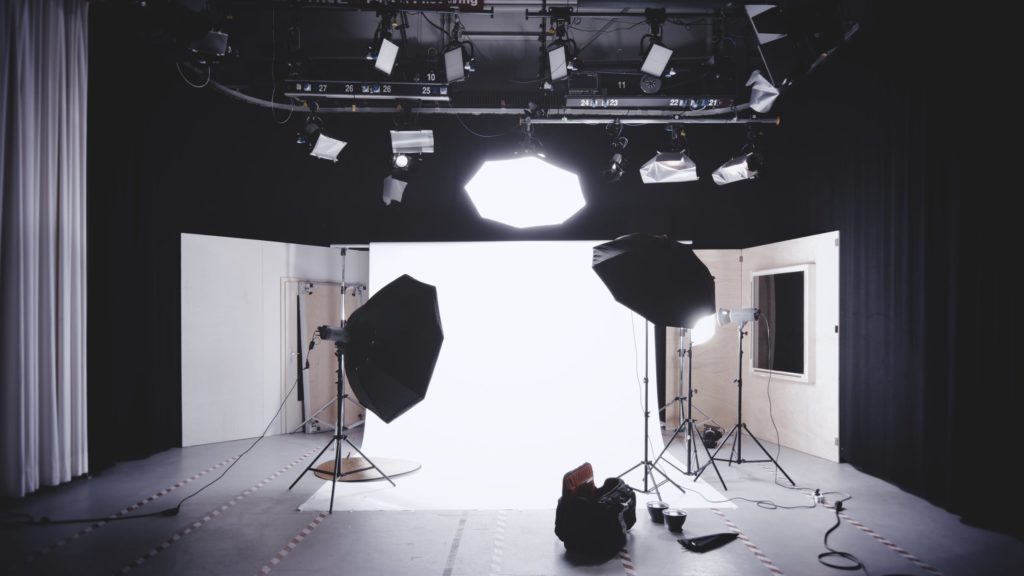
Shoot more. Edit less. Photography wins.

